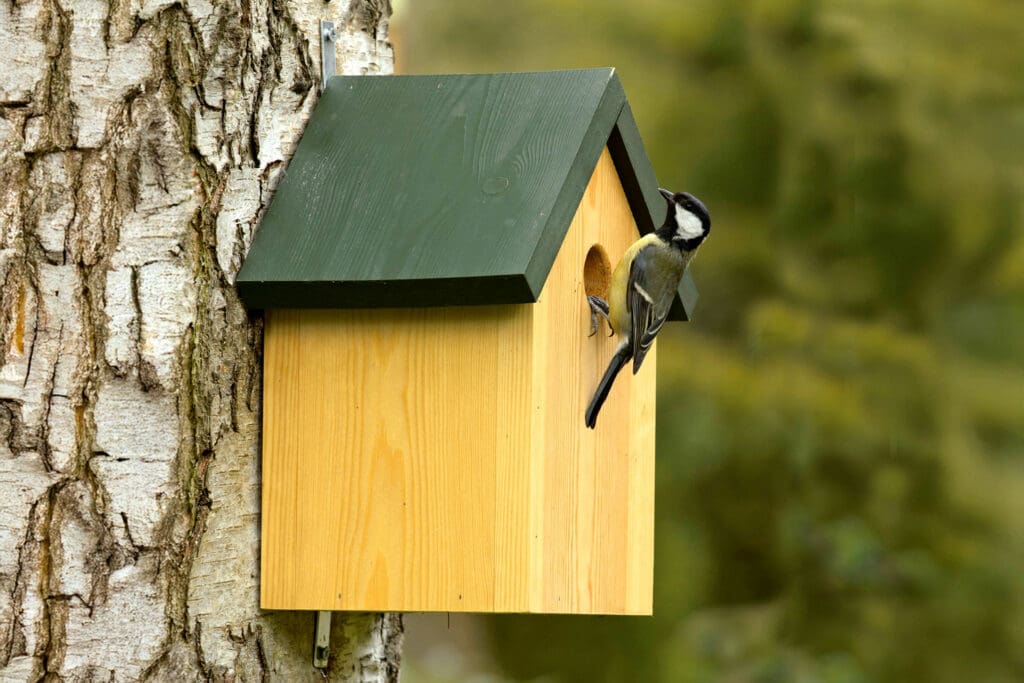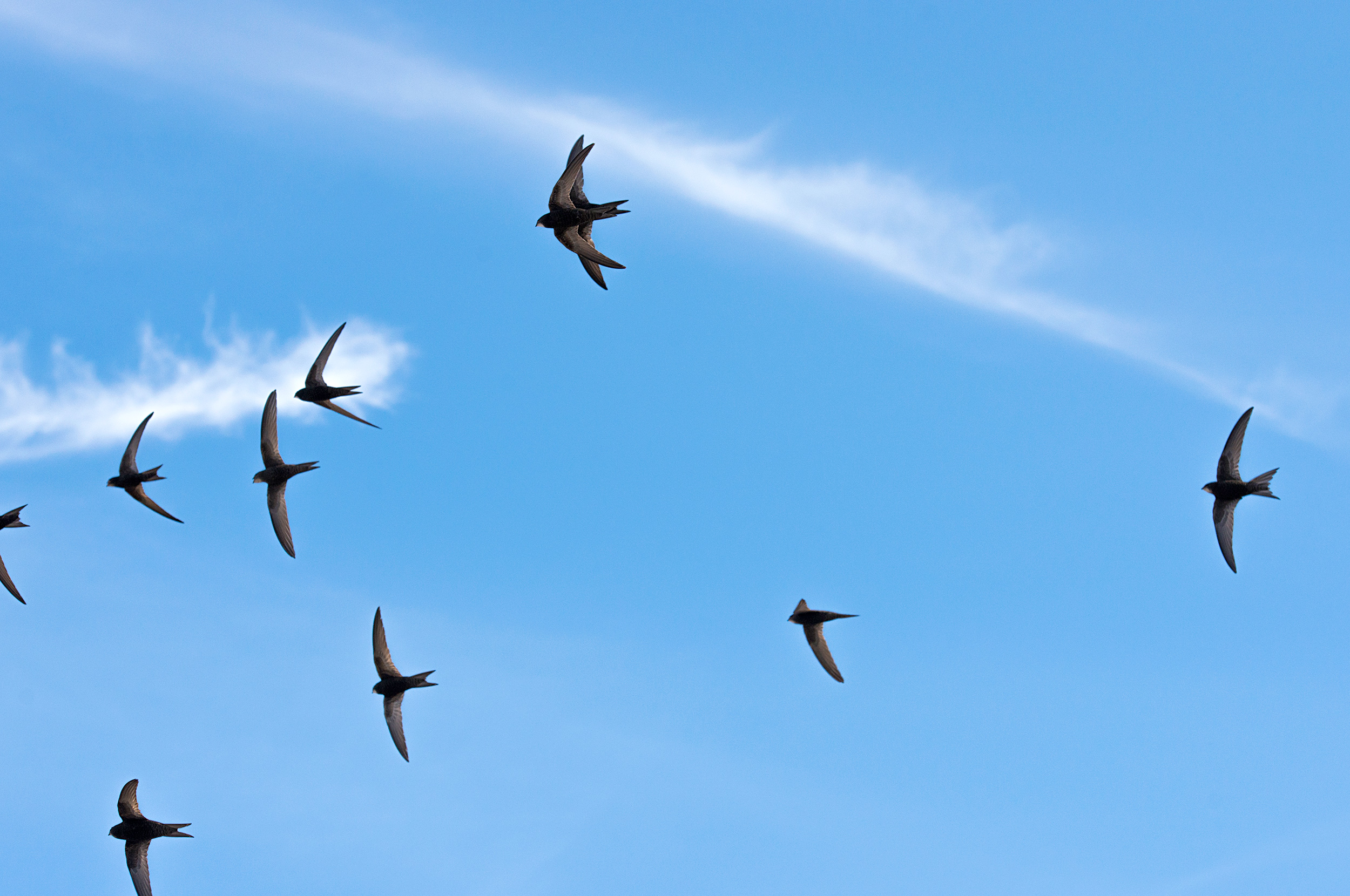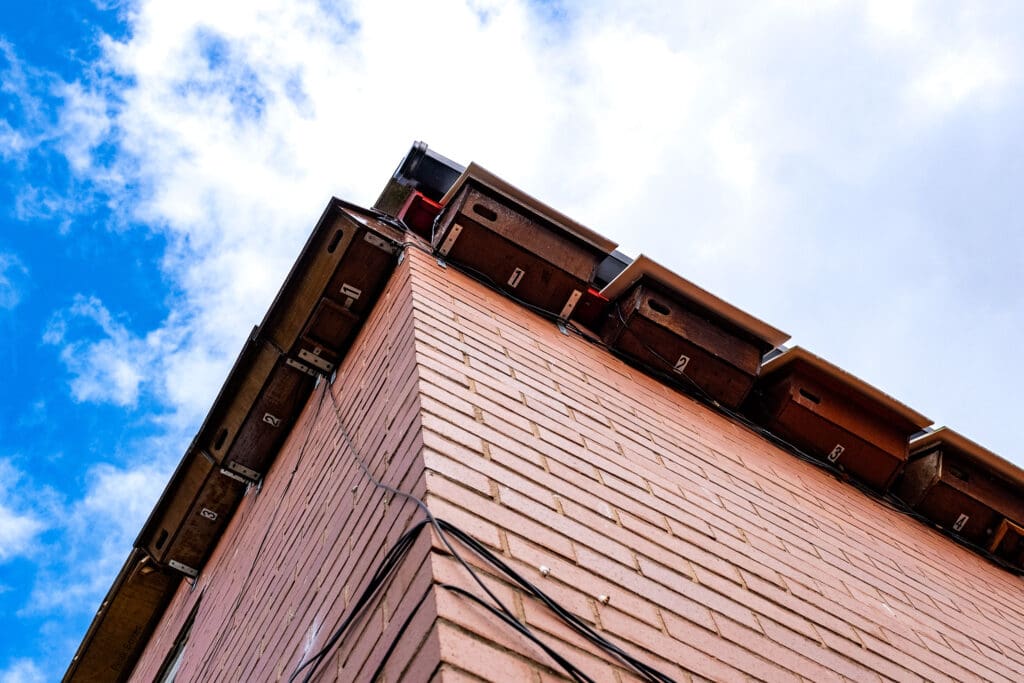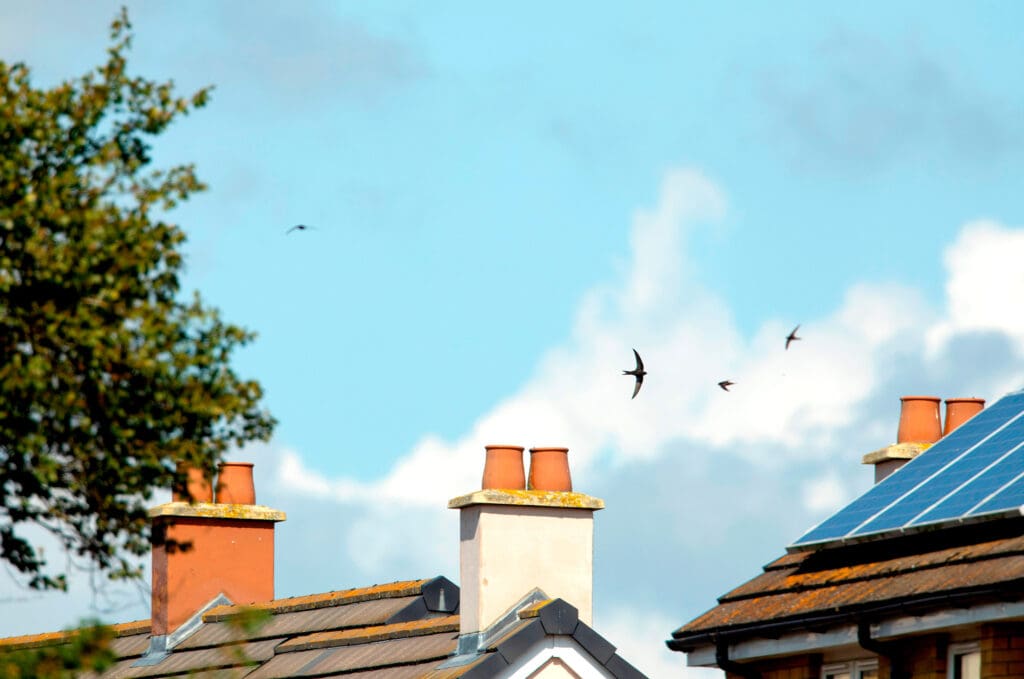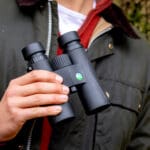From August, Swifts will be starting their journey to Africa, where they’ll spend the winter. They slip out of our skies much more quietly than they come in, fairground-screaming in our summer skies.
After staying just three months to breed in the narrow gaps of our buildings’ eaves and soffits, this ancient species of global traveller returns to its perfectly evolved aerial life.
A dark, sooty brown, Swifts seem all scimitar-shaped curve of wing, torpedoed by a body, a short, forked tail and a small, mouse-like, almost reptilian head. They’re the fastest bird in level flight, with speeds of almost 70mph.
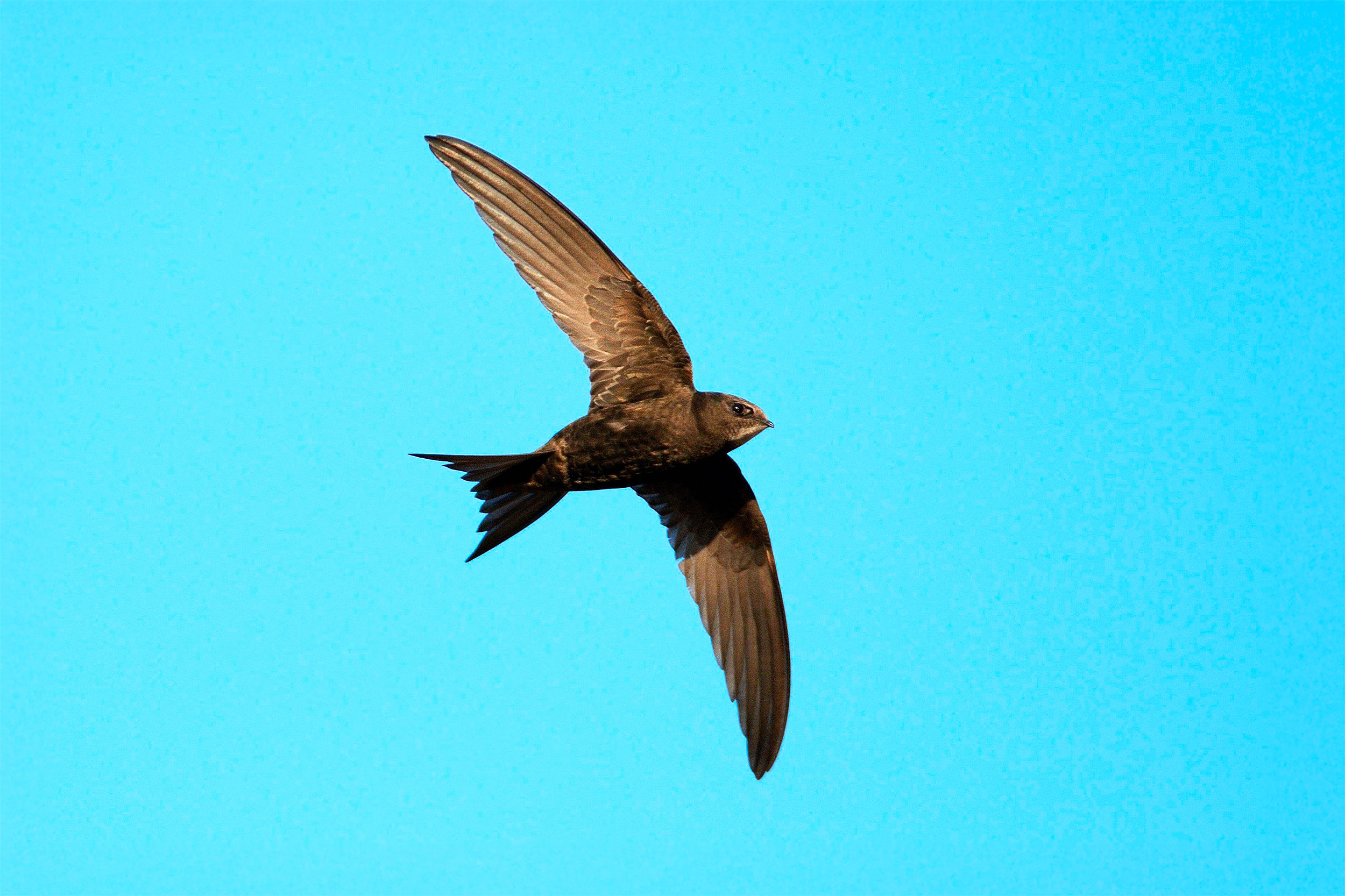
Photo: Nature Picture Library (Alamy Stock Photo)
Everything except nesting is done on the wing: catching aerial plankton, scooping water or raindrops, mating, preening, bathing and sleeping, dolphin-like in part torpor, up near the Earth’s stratosphere. A pair of Swifts may gather 20,000 insects a day.
This year’s fledged young may return for two to three years, checking out nest sites in screaming parties and ‘banging’ gaps in walls with their wingtips to assess suitability, before landing to nest in their third or fourth year.
Learn how to make your house Swift-friendly ahead of their return next spring
How to make a home for swifts. Video: The RSPB
Sharp decreases in the Swifts’ insect food, due to habitat loss and pesticides, and a loss of nesting sites in maintained houses are the leading causes of these birds’ shocking 66% decline between 1995 and 2022 in the UK. Installing Swift boxes or Swift bricks in new houses is a lifeline. Author and campaigner Hannah Bourne-Taylor has written about her extraordinary campaign to save these birds in her book Nature Needs You: The Fight to Save Our Swifts. Read more about Hannah Bourne-Taylor’s work for Swifts.
Should you find a grounded or injured Swift, visit Swift Conservation to contact an experienced carer.

Provide a home for Swifts
Installing a nest box for Swifts is one of the simplest and most effective ways to help these Red-listed birds. Alongside Action for Swifts, the RSPB has designed a Swift nest box that you can install in the eaves of your house to ensure a safe breeding site when they return in the spring. With a sloping roof and small entry hole, this box keeps Swifts and their chicks safe from predators, and the internal nest cup encourages birds to nest inside.
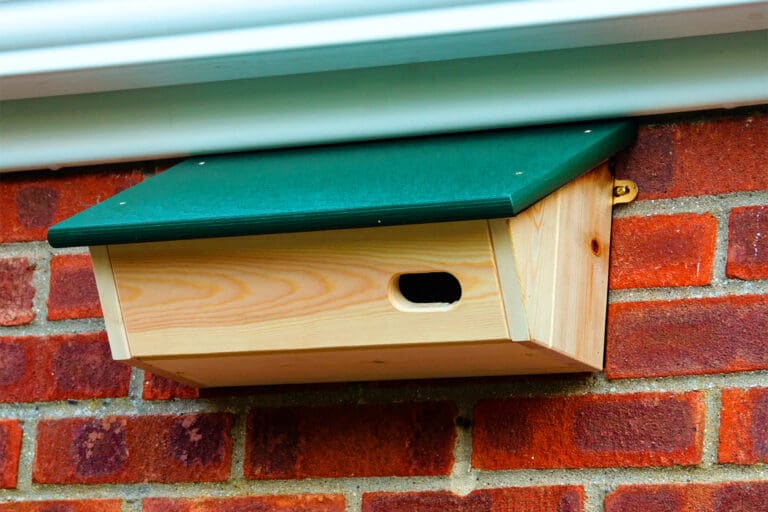
Swift nest box. Photo: The RSPB
This topic was chosen by Emma Ward, member since 2022. “I’ve always admired their sheer speed, power and their incredible migration. Some of this is captured nicely by Ted Hughes in his poem Swifts.”
You might also like

Watch the migration webinar series
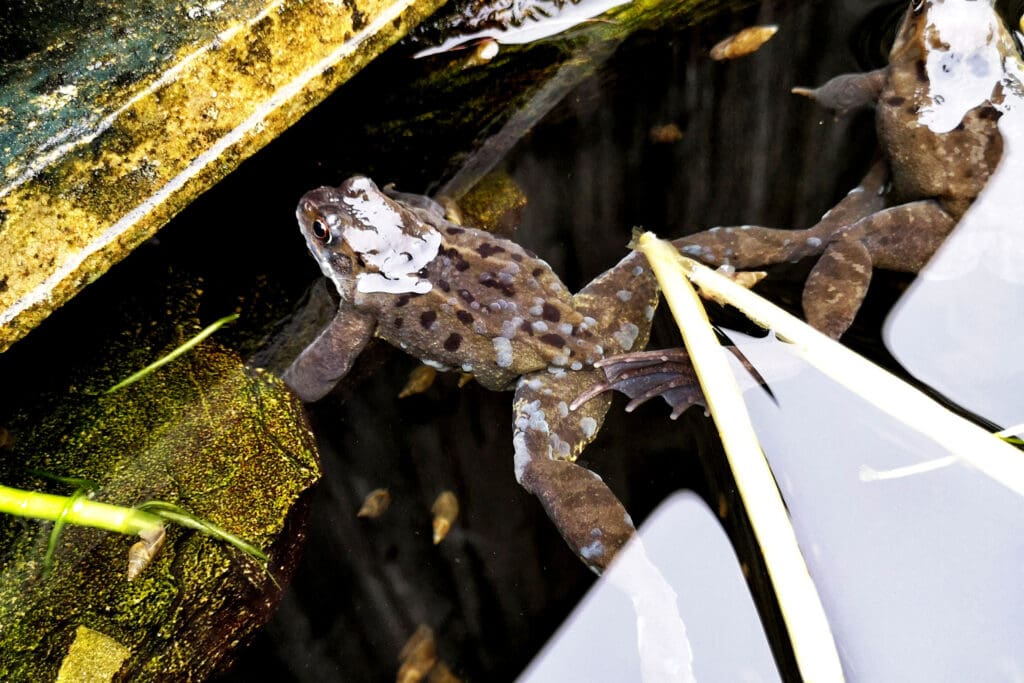
Your questions – Spring/Summer 2025
